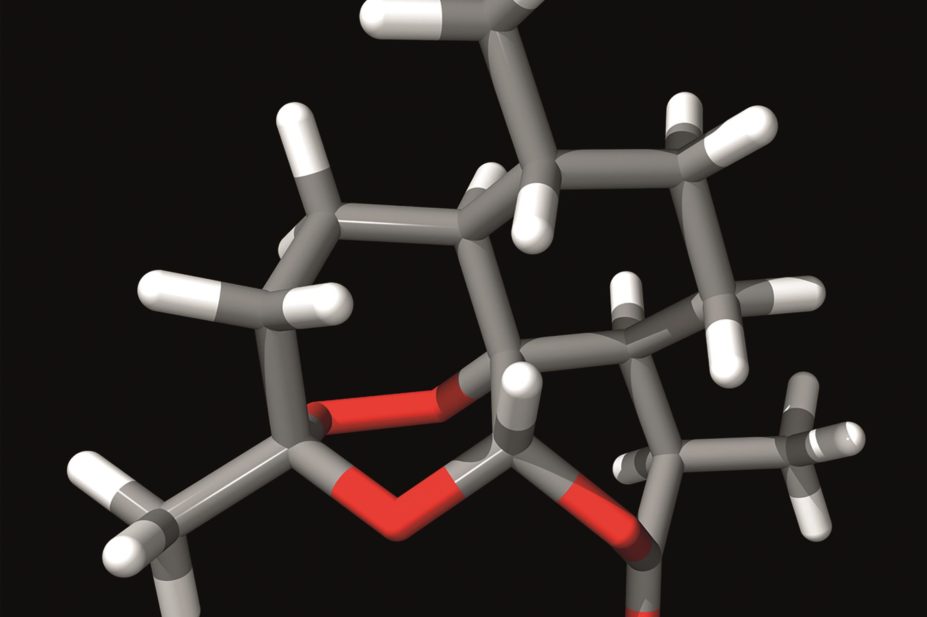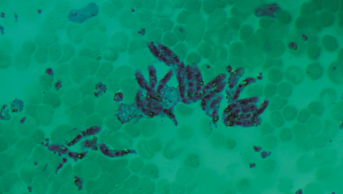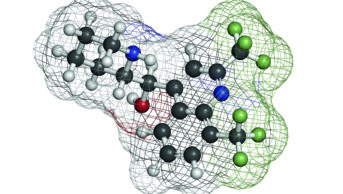
Wikimedia Commons
Several Plasmodium species cause malaria and they respond differently to antimalarial drugs. In regions with drug-resistant malaria, the World Health Organization recommends artemisinin combination therapy (ACT) as first-line treatment; however, the optimal combination is unclear in regions where facilities for species-specific diagnosis are limited.
According to findings reported in PLOS Medicine
[1]
(online, 30 December 2014), artemisinin-naphthoquine (three daily doses) is a viable alternative to the current standard of care – artemether-lumefantrine (six doses over three days) – in children with uncomplicated malaria in Papua New Guinea. The experimental combination was non-inferior to artemether-lumefantrine against falciparum malaria and significantly more effective against vivax malaria.
“Artemisinin-naphthoquine should be considered alongside other ACTs for the treatment of uncomplicated malaria in regions where there is transmission of multiple Plasmodium species,” say the researchers.


